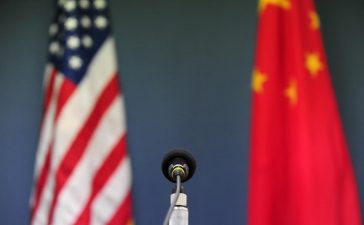
Looking for a more efficient means to curb the annual demand for gold (about 744 t in FY24) than those linked to raising duties on the precious metal – 95% of which is imported – to reduce CAD, which had reached a record $190 bn in 2013, Arun Jaitley introduced schemes in 2015 to wean people off their favourite investment. These included:
- Gold monetisation scheme This promised consumers interest in gold deposits and jewellers’ loans against gold holdings.
- Indian gold coin This was meant to reduce the acquisition of coins minted abroad.
- Creation of SGB An alternative financial asset to physical gold, SGBs carried a fixed rate of interest and redeemable for cash, equivalent to the face value of the gold bond (denominated in grams of gold) at the time of redemption.
Poor offtake ensured that the first two schemes were discontinued. But public subscriptions to the SGB scheme were enthusiastic.
Between 2015 and early 2024, 67 tranches of SGBs, totalling about 147 t of gold, were issued by GoI, scooping ₹72,275 cr. The first SGB tranche, issued in 2015 for ₹2,684 per gm, matured on November 30, 2023.
As of March 22, 2024, 5.1 t of gold bonds had been redeemed, of which more than 74% had been allowed to vest over the full eight-year term. This, along with the fact that investors bought ₹27,031 cr worth of the bonds in FY24, was a testament to the fact that ordinary investors viewed SGBs as a safe and flexible investment.
So, why did GoI recently reduce the import duty on physical gold from 15% to 6%, thereby causing gold prices to fall? The only possible explanation is that GoI foresaw a considerable payout and hoped to quick-fix to enjoy a substantial saving. Some estimate that government savings this year will be in the range of ₹10k cr. The market price of SGBs has fallen by 6-8%, roughly equivalent to the customs duty paid by investors while buying these bonds.
This type of action isn’t without precedent. After the advent of the Bretton Woods system, the US aggressively peddled its currency – a government liability – instead of gold, promising to convert dollars at a fixed rate of $35 per troy ounce of fine gold at any time.
At first, this worked, allowing the US, in the words of Charles de Gaulle, to borrow in dollars, a currency created by its central bank. But a burgeoning BoP deficit occasioned by the costs of the Vietnam and Cold Wars, extravagant expenditure on various social welfare programmes and soaring inflation eventually led to a massive surge in gold prices and the Nixon shock of 1973: sudden and unexpected end of the Bretton Woods system to save the US economy from collapse.
This begs two other questions:
- Did GoI expect the international price of gold to remain constant, obviating the need for hedging an open position?
- Is the situation as dire in India today as it was in the US more than 50 years ago? Be that as it may, GoI’s plans may not pan out as neatly as it hoped.
As the price of gold fell following reduction in import duty, consumers rushed to purchase the precious metal, immediately raising prices by 2%.
Fears that GoI may increase GST on gold, coupled with threat of war in West Asia and an impending interest rate reduction by the Fed, to say nothing of a possible recession, may swell the demand for gold – and, therefore, price per gram – in the future. In which case, GoI will be hoist with its own petard.
The reason why kings were replaced by elected governments was to provide the citizenry a sense of assurance, and to close the trust deficit about national debt, currency stability and taxes. This is why policy pivots like demonetisation and lowering import duty on gold, on the grounds of curtailing black money and gold smuggling, respectively, undermine public faith in a dispensation’s ability to operate outside the realm of specious narrative.
Ultimately, if a government bond isn’t worth its weight in gold, it’s worth nothing.











